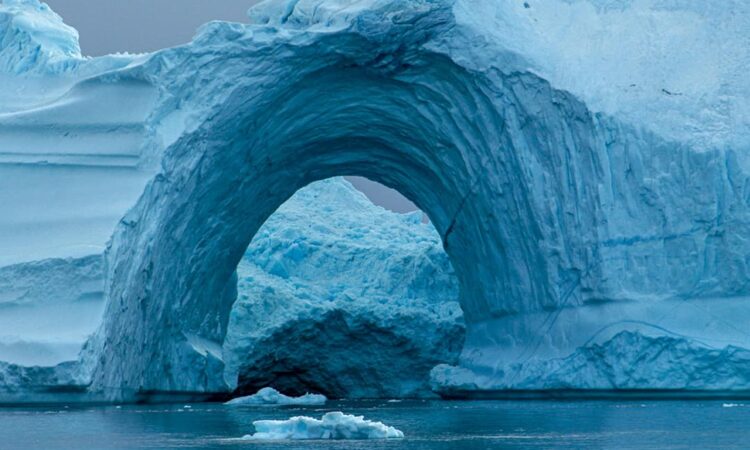“The White Continent is known for its unspoiled splendor and surreal glacial landscapes. However, as one of the most unique places in the world, there are many surprises in this region.
Antarctica is home to an active volcano
At first glance, it may appear to be an island like any other, but the fact that it is not completely covered in snow should catch your attention… Mount Erebus, whose summit forms Deception Island (Deception), is the location of the southernmost active volcano on the planet. It last erupted in the late 1960s.
There are no time zones here
Because Antarctica is largely uninhabited and internationally administered, the continent is not officially divided into time zones. Research stations choose which time zone to tie themselves to: the country that funds them or the country geographically closest to their base (e.g., Chile).
This is the largest desert in the world
A desert is defined as an area that receives less than 254 mm of rainfall per year. On average, Antarctica receives less than 50 mm. Parts of Antarctica have not received snow or rain for over 2 million years! As the driest continent in the world, Antarctica is the largest desert on the planet. The Sahara has not seen such a drought!
Argentina sent a pregnant woman there hoping to use the birth of her child to claim part of the continent
It was 1977. A little boy, Emilio Marcos Palma, was born there a few months later. He was the first known person born on the continent. The Antarctic Treaty already guaranteed international administration of the territory, but Argentina hoped that citizens born there would make its claims more legitimate. Between 1978 and 1983, 8 Argentine children were born in Antarctica.
It’s not always polar cold here
You might think the temperature here is well below what you can comfortably tolerate. But cruise ships visit Antarctica between November and March, when it’s summer in the southern hemisphere, and go mostly to the northern part of the continent. In this area on the peninsula, temperatures range from -2°C to 2°C. If you want to travel further south in the middle of winter, then you must prepare thoroughly. The lowest temperature in these places was recorded in 2010 as the lowest in the world: -92 ° C.
There is a Chilean village in Antarctica
This civilian settlement, which is also a research station, has the beautiful name Villa Las Estrellas (“City of Stars”). It is located on an island 120 kilometers from the edge of the peninsula. Housing 150 people in summer and 80 in winter, Villa Las Estrellas has an elementary school, a gymnasium, a post office and a first aid hospital.
There are 300 unfrozen lakes here
At first you might think that fresh water would freeze in such a cold climate, but there are about 300 lakes in Antarctica. How is this possible? The lakes are underground and kept at temperatures above 0°C by heat from the Earth’s core.
It is the only continent where there are no reptiles
Because they are cold-blooded, reptiles depend on heat sources in the environment to keep warm. They cannot survive in an icy region like Antarctica. So the penguins can sleep easy: there are no snakes to bother them here.
The continent contains about 90% of the ice on Earth
That’s 75% of the world’s fresh water. There are rocks and soil under all that ice – the continent is twice the size of Australia. Some of the icebergs themselves are huge: a glacier that’s bigger than Jamaica was discovered here, at just 11,000 square kilometers, and it’s the largest iceberg ever measured.
Here you will never see the same thing twice
Antarctica offers a variety of experiences every month. November – early summer: the icebergs are particularly massive and birds are in their courtship and mating season. In December, penguins sit on their eggs. In late December and January the eggs hatch and new generations emerge. In February and March, many whales return here. Antarctica is closed to visitors the rest of the year: it is dark most of the time and the temperature is too low for humans to endure.
